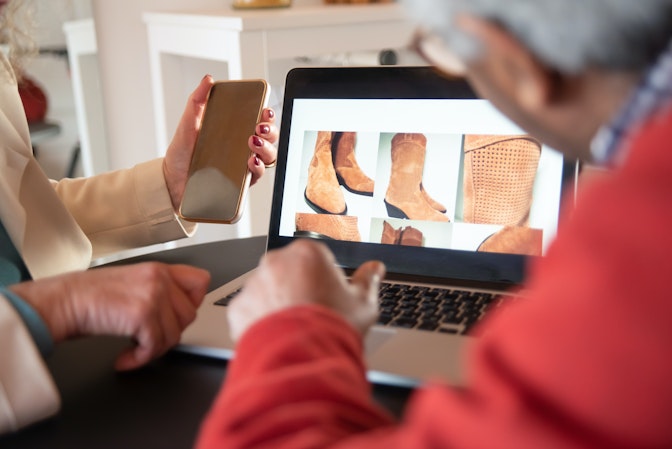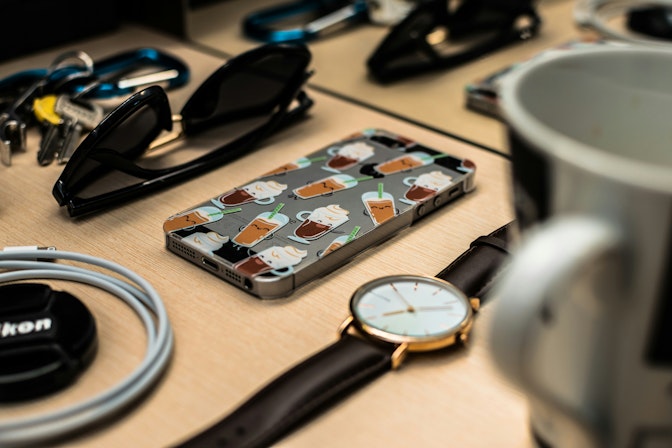Conducting customer interviews can be one of the most important decisions you ever make for your business. This might sound like an exaggeration, but it’s not!
Let me explain.
Bias is a natural part of being human. Whether we know it or not, we’re constantly making assumptions about how things are and how things should be. But just because you’re an expert in your field doesn’t mean you know exactly what your customers are thinking.
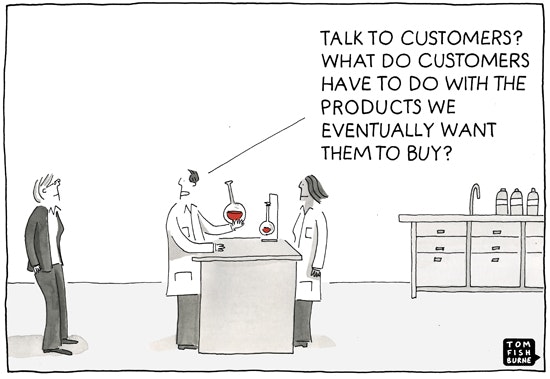
The only way to know is to conduct customer interviews. When you have real, transparent conversations with the people who keep your business afloat, you’ll learn things you never could have known on your own. And this feedback can completely change the course of your business.
In this article, we’ll give you the Customer Interviews 101 crash course: what they are, how they benefit you, a seven-step process for conducting them, and top FAQs.



What is a customer interview?
Customer interviews are exactly what you might guess: direct conversations with your customers about their experiences, especially with your company and its products or services.
While the name might sound formal, there’s no single right way to conduct customer interviews. You can have pre-scheduled, scripted interviews, or they can be more impromptu, like asking a few extra questions during a customer service call.
→ Click Here to Launch Your Online Business with Shopify
Regardless of how you conduct customer interviews, the goal is to get the customer’s honest opinions and feedback. And while we all love positive feedback, it’s important to make sure that you’re hearing (and really listening to) any criticisms or suggestions they offer. These are the real goldmines for improving your business.
Why do I need to do customer interviews?
The benefits of customer interviews can have a huge impact on your business. Here are a few of those benefits:
- Uncover unexpected or unplanned insights. When you’re having a real-time conversation, you’re able to dig deeper into anything interesting the customer says, even if it wasn’t something you planned to ask.
- Learn the customers’ language. When you hear the specific words, terms, and phrasing they use, you’re better able to understand their mindset. And you can use this language in your marketing and communications materials to relate to future customers faster and better.
- Get more valuable and usable insights. The dynamic changes drastically when it’s a conversation versus a survey. You’ll be able to hear tone and emotion while you build a more authentic connection.
- Validate (or invalidate) your opinions. Here’s your chance to hear what customers actually think about your ideas, products, and services. Have an open mind and be careful not to ask “guiding” questions that point them toward the answer you want to hear.
- Build long-term relationships. Your customers will appreciate the fact that you’re taking the time to ask questions and really listen to them. In the long run, this can lead to more loyal customers and positive word-of-mouth marketing for your business.
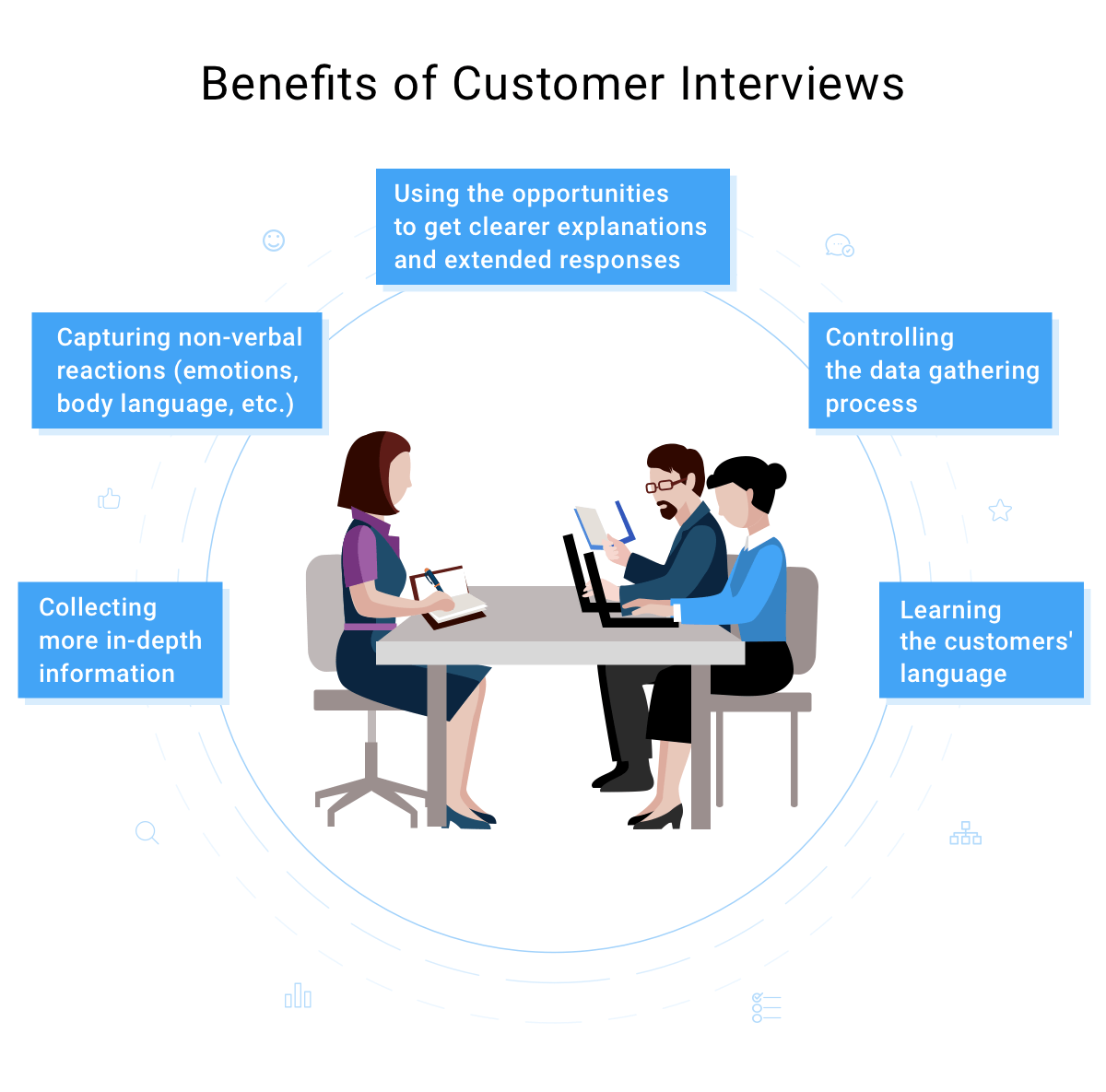
How to conduct customer interviews
Now that you’re familiar with the basics of customer interviews, let’s look at how you can make them happen in seven steps.
1. Set a clear goal
Your interviews will be much more streamlined and actionable if you set a clear goal first. Your interview goal can touch on any number of business goals you want to accomplish, like:
- Pull customer success stories from satisfied customers
- See if customers think a specific feature or function is useful
- Get reviews on the overall customer experience or a single element of it
- Collect feedback on a beta version of a product you’re testing
- Learn more about the customer’s lifestyle and preferences to develop a more targeted customer profile or persona
Try to stick with just one goal for each customer interview campaign. In my experience, the more directions you try to go, the more room there is for over-complications.
2. Find the right customers
Your customer interviews won’t be helpful if you choose the wrong people. If you interview an Android user about a new Apple app you’re developing, how much good will that do in the end?
If you have a CRM (customer relationship management) platform, now is a good time to sort through and look at past customers whose purchases are aligned with your interview goals.
If you don’t have many (or any) customers yet, you’ll need to get creative. You can try:
- Reaching out to people who engage with your competitors online and on social media
- Finding members of relevant groups and forums, like on LinkedIn, Facebook, or niche-specific websites
- Attending virtual and in-person networking events, like industry conferences or local events
- Partnering with people or companies who are willing to reach out to their own database on your behalf
If you’re doing cold outreach to people who don’t know your brand, consider offering an incentive for people to do the interview. You can offer rewards like cash, store gift cards, free products—anything you think will entice them.
3. Design your interview questions
As you design your questions, opt for open-ended questions over yes-or-no questions to get more detailed and helpful insights. If you do ask yes-or-no or multiple-choice questions, follow up with one or more open-ended questions to let them explain their answer.
You should also try to avoid “leading” questions that direct customers toward a particular answer. For example: “Is the old version better than the improved version of the app?”
Using words like “old” and “improved” have built-in suggestive meanings, which can lead customers into giving one answer over another. To avoid leading, try making the words less loaded, like referring to them as Version A and Version B instead.
And remember, you’re designing these questions as more of a guide than a strict script. Ask questions you think will stimulate meaningful discussions, then plan for the unplanned in terms of what you might learn.
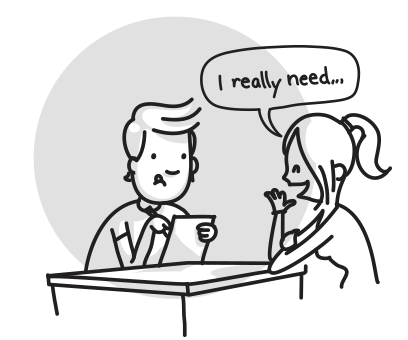
4. Create a good environment
Environment is more than just physical space.
Of course, you want to make sure that any in-person interviews are comfortable and relaxed. Don’t lead them into a white room with steel chairs like they’re being interrogated by the police.
But the environment is also about the mood and energy of the interview. Here are some tips:
- Be friendly, polite, and welcoming. Engage in a bit of small talk to lighten the mood.
- Ask ice-breaker questions that can help you get to know them before you dive into the interview questions.
- Mind your body language—smile, keep steady (but not creepy) eye contact, and avoid fidgeting or crossing your arms.
- Give some background on the goals you’re hoping to accomplish with the interview so they understand what you’re looking for.
5. Conduct the interview

During your interview, try not to “sell” the customer. Remember, your goal is to learn about their mindset and get unbiased feedback. Even if they’re explaining a product you know you can solve for them, resist the urge to make a sales pitch.
Like we’ve talked about: you should go into an interview with a script, but don’t feel glued to it. Touch on the key points you want, but be open to the conversation going in an unexpected direction.
Feel free to ask them to clarify any of their answers or give examples of what they mean. Taking a loosely scripted approach leaves the door open for mind-blowing insights you didn’t even know you were looking for.
6. Offer the option to follow-up
Before the interview wraps up, ask if they wouldn’t mind if you contacted them in the future. This can be incredibly helpful if you implement their feedback on a project, then follow up with them later to have another interview. This type of iterative collaboration can be a game-changer for your business.
You might also ask if they don’t mind being added to your email list. If they say yes, this can be your opportunity to sell them on your products and services. You might even offer them a special discount for participating in the interview(s).
In any event, follow-ups provide you with an ongoing chance to keep building and strengthening the relationship. And if you play your cards right, it will continue to build the customer’s trust and loyalty with your brand.
7. Analyze the results
Here’s where the proverbial rubber meets the road. At the end of your interviews, you might have hours of recordings or pages of notes and transcriptions. This might seem like a daunting task to analyze, but just remember how valuable it’ll be when you’re all done.
As you sort through, organize, and prioritize the data, keep in mind the original goals you set when you designed your questions. Try to group answers into categories and themes so that you can spot patterns that pop up in various answers.
You might also benefit from visualizing the data with mind-mapping tools or good old-fashioned sticky notes. This article is helpful if you want to learn more about data analysis.
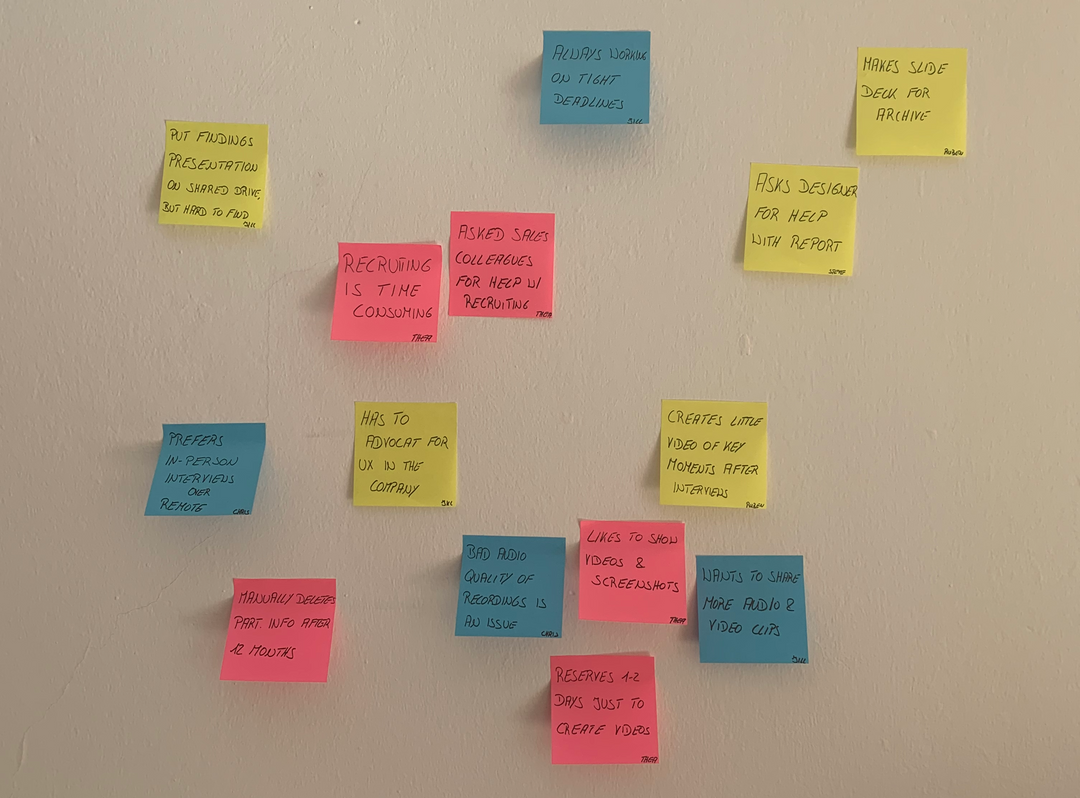
Supercharge your business with customer interviews
When you take the time to strategically plan your interviews, you’re certain to uncover insights that can help you grow your business to new heights.
Make sure you’re putting critical thought into your interview goals, questions, and participants. And when you’re done, use as many tools and tactics as you can to pull meaningful conclusions from your data.
It might be a learning curve, but once you can master the art of conducting customer interviews, you’ll be able to tap into a whole new world of developing and improving your products, services, and overall business.
Customer interviews FAQ
How many customers should I interview?
When it comes to the number of customers you should interview, there are no hard and fast rules. You could start by interviewing five people and increase or decrease the participant count in your next interview based on the insights you gather from your first session. (If you notice that each participant has helped you gain new insight, you probably need to interview more customers.)
How long should a customer interview be?
Thirty to 45 minutes is the ideal length for customer interviews. Remember that customers may only have a limited amount of time to dedicate to you. Plan the interview wisely so you can utilize the minutes you are given to gain valuable insights.





